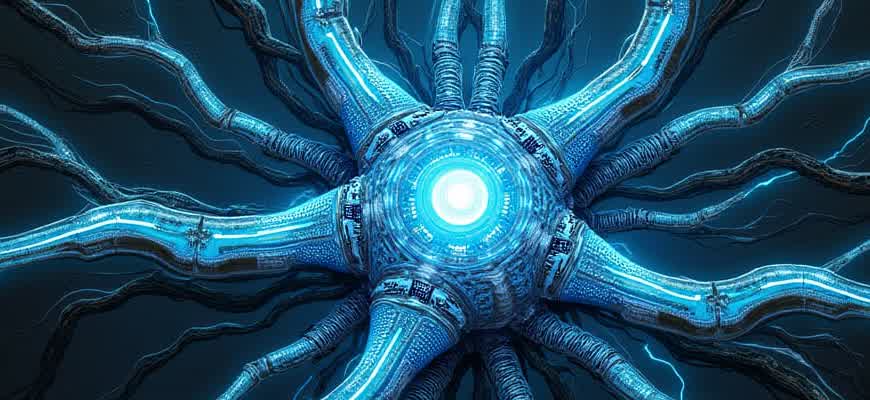Nitro Beer Tap System

A nitrogen beer dispensing system is designed to enhance the quality and texture of beer by using nitrogen gas instead of the more traditional carbon dioxide. This results in a smoother and creamier mouthfeel, commonly seen in stouts and porters. Nitrogen creates smaller bubbles that create a dense, velvety head, giving the beer a unique, luxurious finish.
Key Components:
- Pressure Regulator
- Nitrogen Tank
- Beer Lines
- Beer Tap
The nitrogen gas is typically supplied through a tank, which is connected to the beer line system. The pressure regulator ensures that the correct amount of nitrogen is dispensed, providing the perfect pour for each style of beer.
It is important to note that nitrogen is often used in combination with CO2 to ensure proper carbonation levels in beers that require a slight effervescence.
Comparison Table:
| Gas Used | Effect on Beer |
|---|---|
| Nitrogen | Smooth, creamy texture; thicker foam |
| Carbon Dioxide | Carbonated bite; lighter foam |
Maximizing the Longevity of Your Nitro Beer Tap Equipment
Maintaining the performance and lifespan of your nitro beer dispensing system requires regular attention and care. Proper maintenance ensures consistent quality, prevents costly repairs, and guarantees a smooth pour for your customers. Whether you're operating in a commercial setting or a home bar, there are a few essential steps you can take to keep your equipment in top shape.
By following the right practices, you can significantly extend the life of your system and enjoy optimal nitrogen beer performance. Here are some of the most effective ways to achieve this.
Regular Cleaning and Sanitation
One of the most critical aspects of maintaining your nitro beer system is cleanliness. The buildup of beer residue, mold, or bacteria can lead to poor beer quality and clogged lines. Ensure that all components, from the faucet to the lines, are cleaned regularly.
Tip: Always use brewery-approved cleaning solutions and follow the manufacturer's instructions to avoid damaging your equipment.
- Clean the lines and faucet every 1-2 weeks to prevent clogging and flavor contamination.
- Sanitize the keg coupler and tap lines after every keg change.
- Use a cleaning brush to scrub the inside of the faucet to prevent buildup.
Proper Nitrogen Pressure Management
Maintaining correct nitrogen pressure is vital to ensuring a perfect pour and protecting your system. Too much pressure can cause over-carbonation, while too little can lead to flat beer and poor consistency.
- Adjust the nitrogen pressure according to the type of beer you are serving (typically between 30-35 PSI).
- Check pressure regulators regularly to ensure they are functioning correctly.
- Inspect the gas cylinder and replace it when levels drop below the recommended threshold.
Storage and Handling of Equipment
Proper storage of your nitro beer equipment plays a crucial role in its longevity. Make sure that all parts are stored in a clean, dry environment, away from excessive heat or moisture that could cause wear and tear.
| Storage Guidelines | Impact on Equipment |
|---|---|
| Avoid high humidity and direct sunlight | Prevents rust and corrosion |
| Store regulators in a cool, dry area | Maintains accuracy and longevity |
| Keep hoses and connections free from bends | Prevents kinks and air leaks |
How to Train Your Staff to Serve Nitro Beers Correctly
Serving nitro beers requires a specific set of skills and knowledge that differs from traditional beer dispensing. To ensure your staff can deliver the best possible experience for your customers, it is essential to train them on the unique aspects of serving nitro-infused beverages. This includes understanding the equipment, pouring technique, and proper maintenance. Without proper training, nitro beer may not reach its full potential, leading to a disappointing customer experience.
The training process should focus on both theoretical knowledge and hands-on experience. Start by explaining the differences between standard beer and nitro beer, emphasizing the role of nitrogen in creating a smoother, creamier texture and enhancing the beer’s flavor profile. Staff should also be educated on the importance of temperature, pressure settings, and the right glassware. Incorporating regular practical sessions will help reinforce these concepts.
Key Training Areas
- Understanding Nitro Beer Dispensing System: Explain the difference between CO2 and nitrogen, and how nitrogen affects the beer's texture and appearance.
- Pouring Technique: Demonstrate the proper method for pouring nitro beer to avoid disrupting the nitrogen infusion, which can cause poor foam quality.
- Glassware: Ensure staff understand that the correct glassware is essential for the full sensory experience of nitro beer.
- Maintenance of Equipment: Teach how to maintain and troubleshoot the nitro beer tap system to avoid issues such as low pressure or carbonation imbalance.
Steps for Pouring Nitro Beer
- Hold the glass at a 45-degree angle under the tap.
- Pull the tap fully to dispense the beer, allowing it to flow gently into the glass.
- Once the glass is about half full, straighten it and top off the beer, allowing the foam to settle naturally.
- Never force or rush the pour, as this will disturb the nitrogen infusion and affect the texture.
Common Troubleshooting Tips
| Issue | Solution |
|---|---|
| Flat or weak foam | Check nitrogen pressure and temperature settings. Ensure the tap system is properly maintained. |
| Excessive foam | Adjust the pour speed and ensure the glass is clean and free of oils or detergent residue. |
| Under-carbonated beer | Ensure nitrogen tank is full and tap system is functioning at the correct pressure. |
“Proper training is the key to delivering the perfect nitro beer experience. If your staff understands the unique requirements of this style, your customers will enjoy a top-quality product every time.”